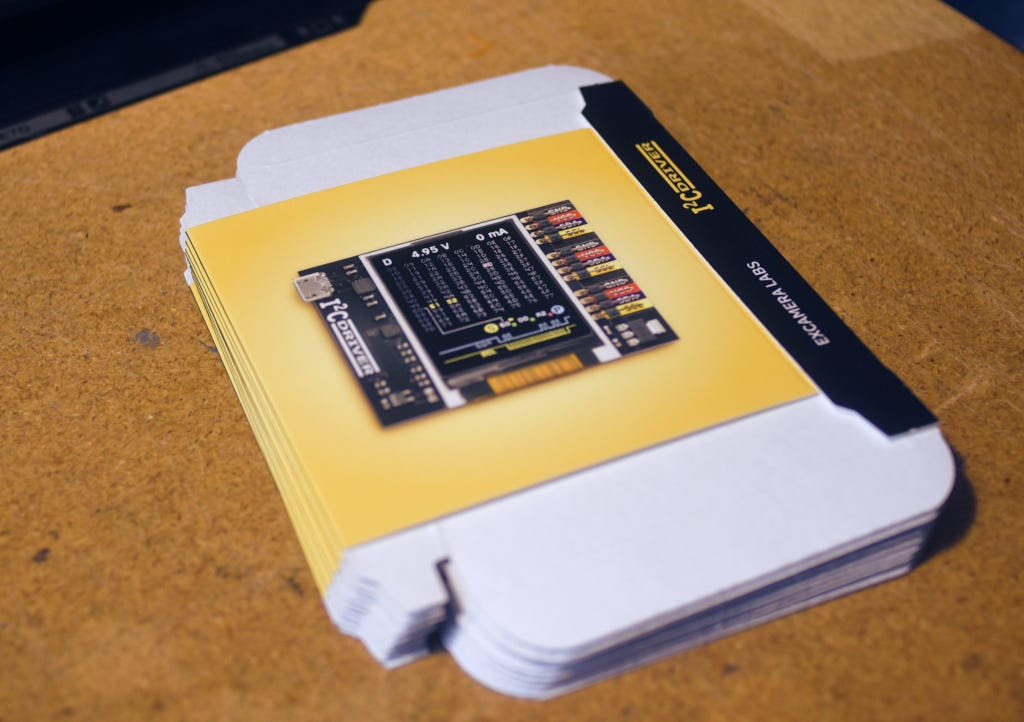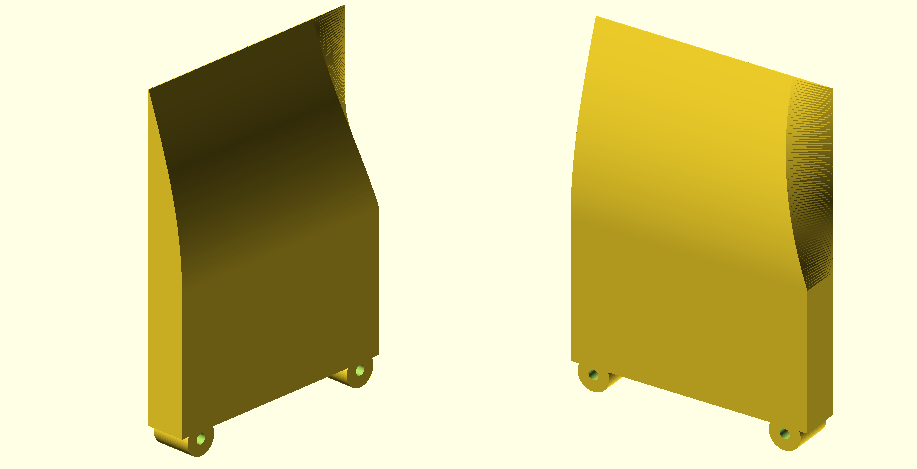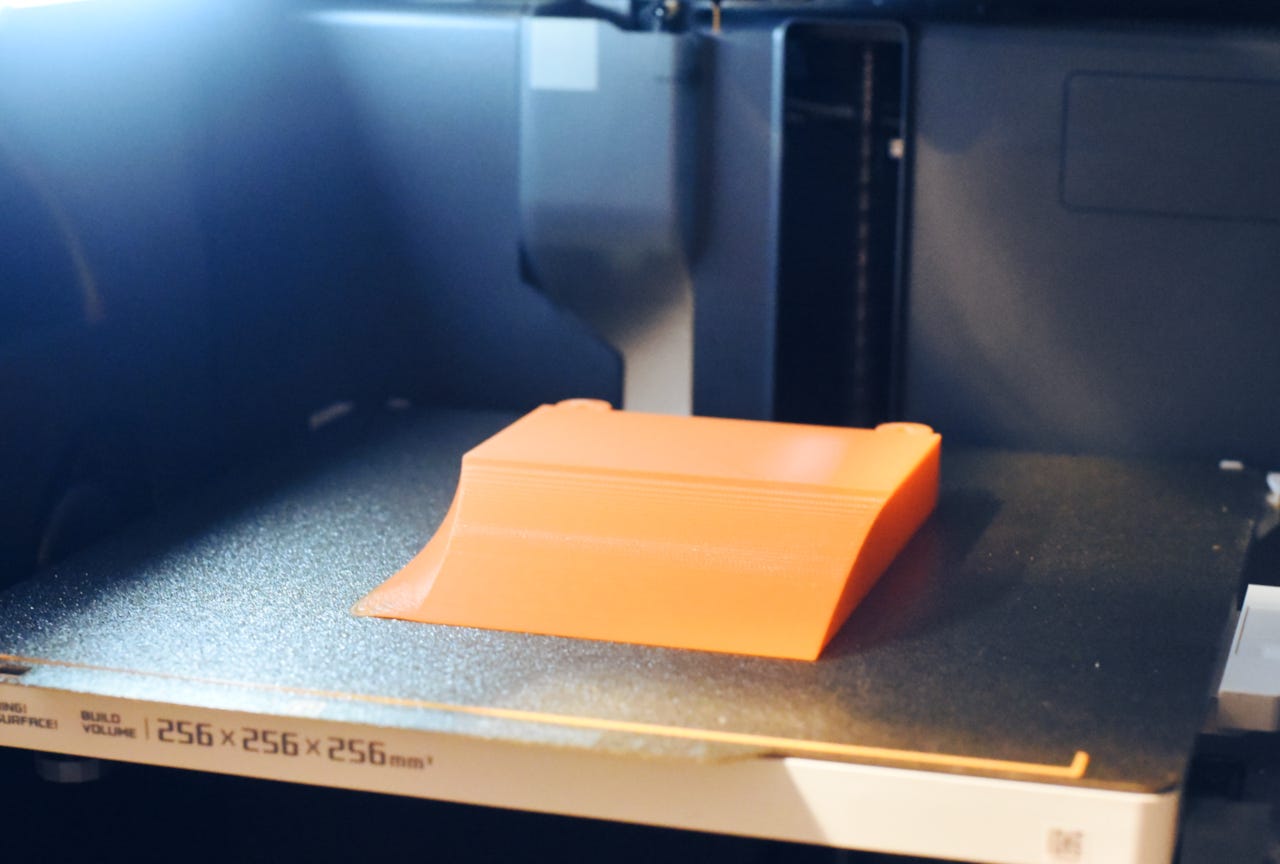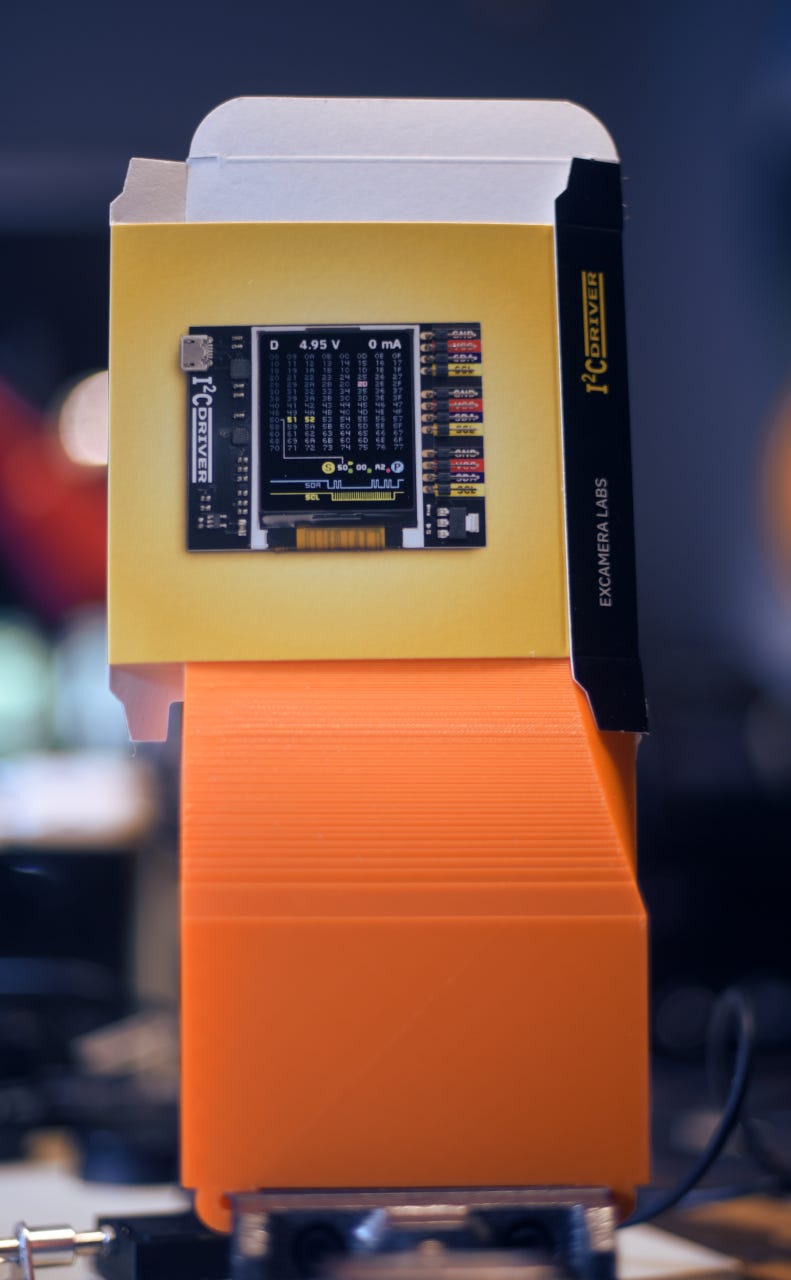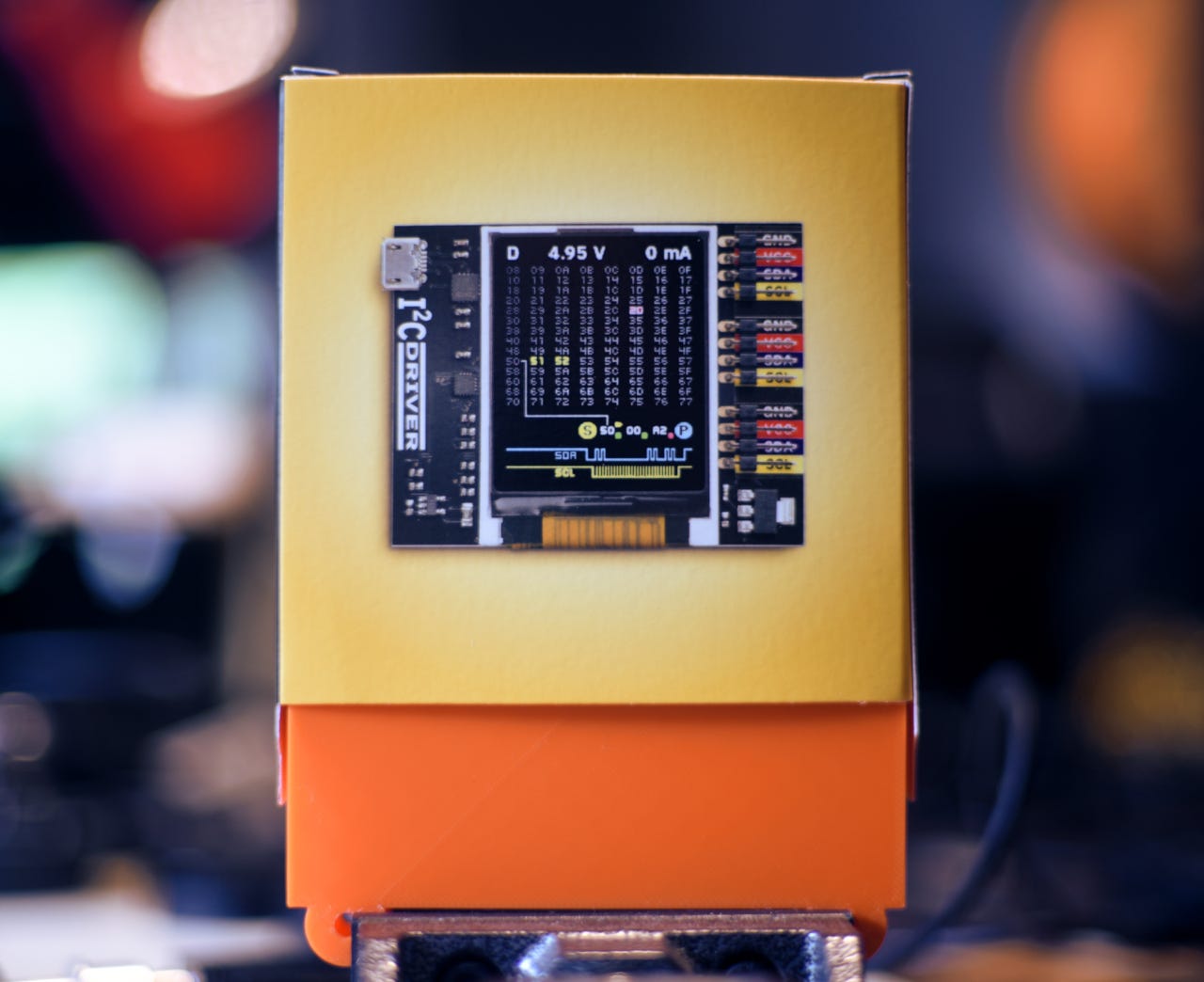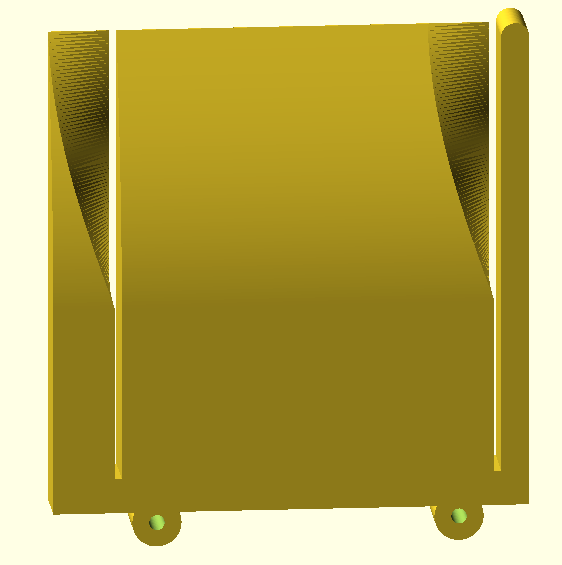A box forming mandrel
Another small step towards tiny factories
We’re gearing up here at Excamera Labs for the big effort to ship TermDriver2. One part of this is folding boxes. It might not sound like much, but assembling thousands of boxes is surprisingly time-consuming. There is help on hand, but for some time I’ve been thinking about better tooling for box assembly. Last night, folllowing a brief discussion with AI, inspiration struck:
That’s called a box former (or carton former). In packaging, it’s usually a tapered mandrel or jig: you set the flat box blank over it and press down, and the box pops open into its proper 3D shape around the form.
This morning I have a prototype box-forming mandrel. These mandrels are normally the domain of huge industrial scale production. But thanks to 3D printing, we can now have them for desktop-scale production. Truly we live in an age of wonders.
Our printer supplies the boxes packed flat, we then pop them open and tuck in the end flaps. Each one takes about 30 seconds. Later this month we’ll be assembling 2000 TermDriver2 boxes, that’s 16 hours of folding. Cue the obligatory xkcd.
The idea for the mandrel is that it has a bladed top. As you push the box down, it opens the box. The rectangular section at the bottom holds the box in shape. The mandrel’s height matches the height of the box, so a single downward motion is all it takes. Then the top flaps can be closed.
The math for the mandrel shape took some thought. It’s a series of stacked parallelograms. The topmost parallelogram is very flat, the bottom parallelogram is a rectangle. The layers in between smoothly interpolate between these two shapes.
I²CDriver and SPIDriver are fairly large boxes, 106mm wide and 137mm high. So the mandrel is quite large. After about two hours of printing, it looks ready:
I set up in a vise for a first test. The flat box fits over the bladed top just fine.
And then the moment of truth. I excitedly pushed the box down. It works!
Something I’m really appreciating about 3D printing is it’s easy iteration. If you’re a woodworker and you’ve made a table, you might want to adjust the design a bit. To do this you have to make another table, starting over. But with 3D printing, you tweak the design file, and send it to the printer.
As soon as I had this first mandrel in front of me, potential improvements were immediately obvious. The mandrel only twists one side of the box. A second exterior mandrel could twist the opposite, external side. Adding a guide on the right-hand-side would help make the box more rigid. Here’s the mark II.
It’s printing right now. I’ll report back on how well it works. Thanks for reading, and please subscribe if you’d like to follow the progress.


